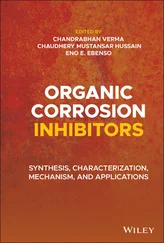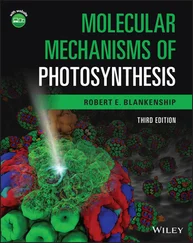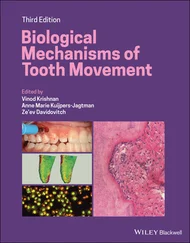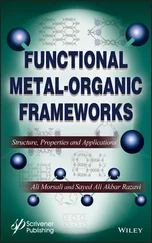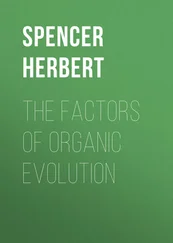(1.54) 
1.6.2 The Hammond Postulate
The exact structure of a transition state is in general not measurable due to its instability. It is in‐between the structures of reactants and products, which can be qualitatively predicted and described by the Hammond postulate[3]. It states that the structure of the transition state for a concerted reaction resembles (closer to) the species (reactant or product) to which it is most similar in energy . According to the Hammond postulate, if a concerted reaction is exergonic (or exothermic if entropy of the reaction Δ S is small and negligible) ( Fig. 1.4a), the energy of the transition state is most similar to that of the reactant. Therefore, the structure of the transition state resembles the reactant. Such a transition state is called early transition state. If a concerted reaction is endergonic (or endothermic if entropy of the reaction Δ S is small and negligible) ( Fig. 1.4b), the energy of the transition state is most similar to that of the product. Therefore, the structure of the transition state resembles the product. Such a transition state is called late transition state.
Figure 1.5shows examples of exothermic (Δ H < 0) and endothermic (Δ H > 0) S N2 reactions (concerted). Usually, the entropies of simple S N2 reactions are small relative to the reaction enthalpies, and they are negligible. According to the Hammond postulate, the exothermic S N2 reaction has an early transition state whose structure resembles the reactants ( Fig. 1.5a), while the endothermic S N2 reaction has a late transition state whose structure resembles the products ( Fig. 1.5b). Although a simple S N2 reaction has a small entropy, the entropy of its transition state (Δ S ‡) possesses a relatively large negative value. This is because in the transition state two reactant molecules combine loosely resulting in decrease in entropy. For the exothermic S N2 reaction ( Fig. 1.5a), since the reaction has an early transition state which resembles the reactants, both breaking of the old C─I bond and formation of the new C─C bond in the transition state have only proceeded to a small extent. This gives rise to a small Δ Η ‡value. Therefore, the major contributor to the activation energy is the entropy effect ( E a≈ − T Δ S ‡). On the other hand, the endothermic S N2 reaction ( Fig. 1.5b) has a late transition state which resembles the products. Breaking of the old C─Cl bond and formation of the new C─I bond in the transition state are close to completion (Δ Η ‡≈ Δ H ). As a result, both enthalpy (Δ Η ‡) and entropy (Δ S ‡) have substantial contributions to the activation energy ( E a= Δ Η ‡− T Δ S ‡). Their combination makes the E avalue greater than the reaction enthalpy (Δ H ).
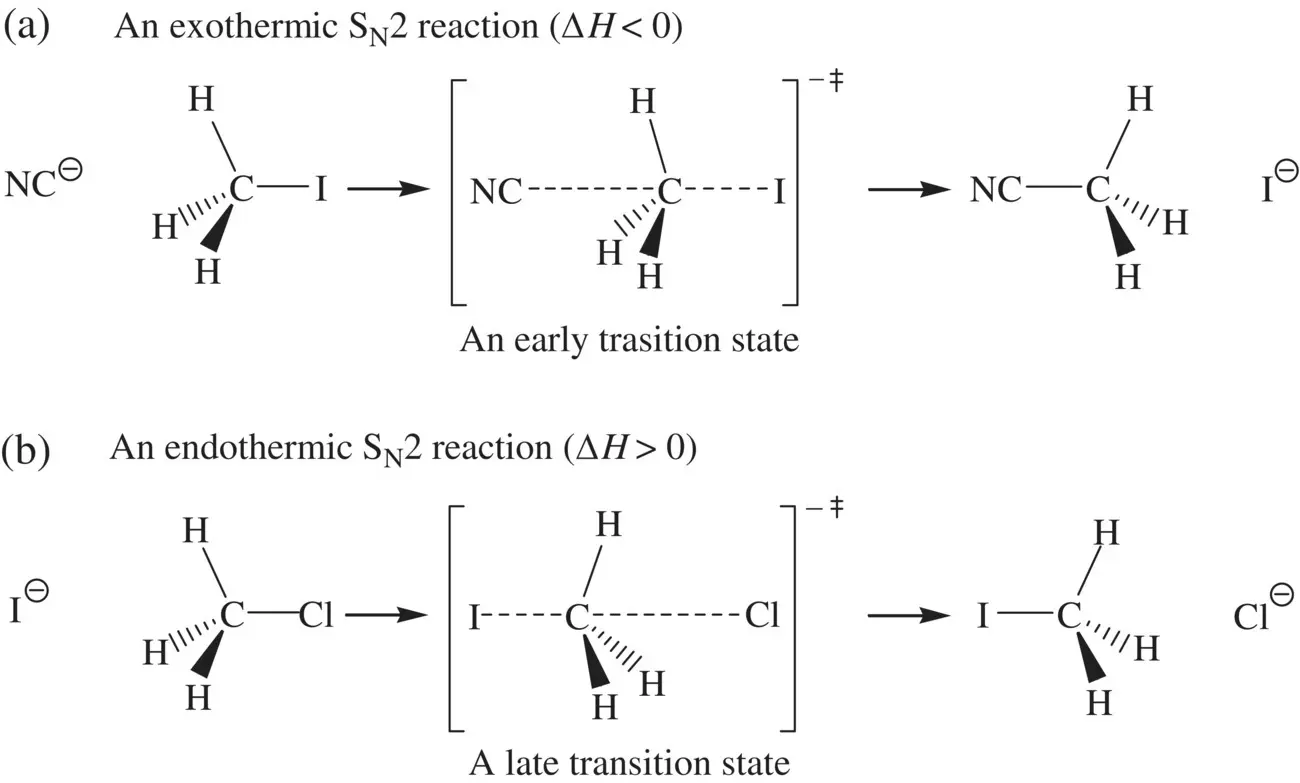
FIGURE 1.5 The S N2 reactions that proceed via (a) an early transition state and (b) a late transition state.
1.6.3 The Bell–Evans–Polanyi Principle
For similar concerted reactions that take place at a certain given temperature, the activation energy ( E a) can be directly correlated to the reaction enthalpy (Δ H ) as follows (the Bell–Evans–Polanyi principle):
(1.55) 
where c 1and c 2are positive constants.
Equation 1.55is applicable to both endothermic and exothermic reactions and can be employed to analyze the relative activation energies for similar reactions based on their reaction enthalpies. For endothermic reactions (Δ H > 0, Fig. 1.4b), the greater the energy gap (Δ H ) between the reactant and product (the more endothermic), the higher is the activation energy E a. For exothermic reactions (Δ H < 0, Fig. 1.4a), the greater the energy gap (the absolute value of Δ H ) between the reactant and product (the more exothermic), the smaller is the activation energy E a. The greater energy gap in an exothermic reaction makes the c 1Δ H more negative. As a result, the E abecomes smaller. Using this principle, one can directly relate the kinetics (activation energy) to the thermodynamics (enthalpy of the reaction) for similar chemical reactions.
1.7 ELECTRONIC EFFECTS AND HAMMETT EQUATION
1.7.1 Electronic Effects of Substituents
Substituents on aromatic (phenyl) rings can increase or decrease the electron density in the ring by donating or withdrawing electrons. This alters rates and/or equilibrium constants for the reactions occurring in the ring and in the side group attached to the ring. Such electronic effects of substituents can be quantitatively defined on the basis of their influence on the acidity (dissociation constant) of para ‐ or meta ‐substituted benzoic acid (XC 6H 4COOH) relative to benzoic acid (C 6H 5COOH) ( Eq. 1.56):
(1.56) 
In Equation 1.56, K Aand K Hare the acid dissociation constants of XC 6H 4COOH and C 6H 5COOH, respectively. lg is the common logarithm (10‐based logarithm). The σ value defined in the equation is called Hammett substituent constantfor a given substituent –X at para ‐ or meta ‐position. The para ‐ or meta ‐substituted benzoic acids (XC 6H 4COOH) with different –X groups are in general commercially available or easy to synthesize. The p K A(–lg K A) value for each XC 6H 4COOH is numerically equal to pH of a solution containing equalmolar concentrations of the acid and the sodium salt of the conjugate base and can be readily determined experimentally. Therefore, the σ constants for various substituents can be obtained readily [1].
The electron‐donating and electron‐withdrawing effects of various substituents originate from combination of inductive and conjugation effects. In general, an electron‐withdrawing group (EWG) on the phenyl ring of XC 6H 4COO −, such as –NO 2(nitro), –C(O)R (acyl), –SO 3H (sulfonic acid), and –CN (cyanide), lowers the electron density in the ring facilitating delocalization of the negative charge of the carboxylate to the ring. This stabilizes the XC 6H 4COO −anion, resulting in an increase in K Arelative to K H. Therefore, the σ constants for EWGs are usually positive (σ > 0 for EWGs). On the other hand, an electron‐donating group (EDG) on the phenyl ring of XC 6H 4COO −, such as –R (alkyl), –OH (hydroxyl), –OR (alkoxy), and –NH 2(amino), enhances the electron density in the ring to disfavor the delocalization of the negative charge of the carboxylate. This destabilizes the XC 6H 4COO −anion, giving rise to decrease in K Arelative to K H. Therefore, the σ constants for EDGs are usually negative (σ < 0 for EDGs). The substituents on the ortho ‐position of the phenyl rings often produce steric hindrance on the side group next to them. Therefore, the electronic effects of the ortho ‐substituents are usually not considered.
Читать дальше






